Life drawing challenges: How to draw hands
April 25, 2016 2021-07-03 17:17Life drawing challenges: How to draw hands

Life drawing challenges: How to draw hands
If you ask any artist familiar with life drawing the following question: What is the most challenging for you when drawing from life? There is a good chance that the answer will have something to do with how to draw hands or feet. Getting the proportions right might be another answer as well as foreshortening. I hope in the future posts to be able to tackle each of these challenges and make them less intimidating.
You might also like: Painting with India Ink over life drawings
Here are a few tips to help you draw hands in your life drawing class:
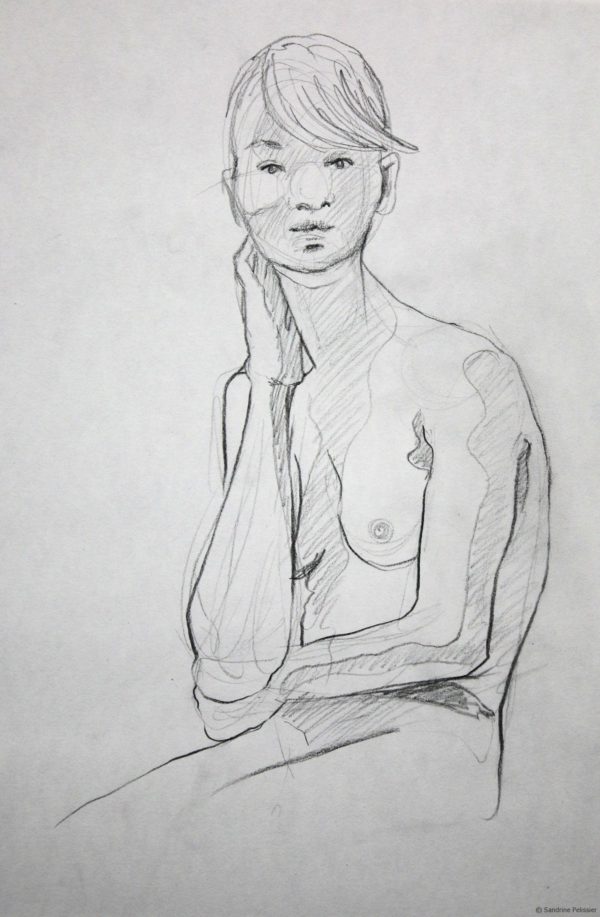
I don’t think I am drawing perfect hands all the time yet, well I am not drawing perfect figures anyways! but at least hands are not a part I think as something more difficult or more special than the rest of the drawing.

I think one of the main difficulty of drawing hands is that the level of details is higher than in most of the rest of the drawing, except maybe the face.
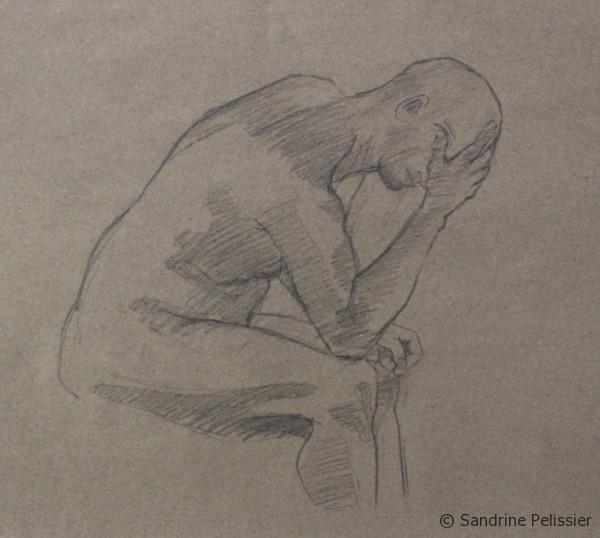
Here are a few guidelines to help you draw hands
The size of the hand is about the size of the face from hairline to chin. The width of the wrist at is at its smallest were it attaches to the end and is about twice its thickness.
I am a Blick Art Materials affiliate and I receive a small compensation for sales. That does not effect in any way the cost of the purchaser’s order but it helps me keeping the content of this blog free.

 |
Canson XL Mix Media PadsDesigned to appeal to students, Canson XL papers are developed in consultation with art professors who use Canson’s professional artist papers as a benchmark. As a result, Canson XL Mix Media Pads and Sheets incorporate many professional performance characteristics &mdash at a value price! |
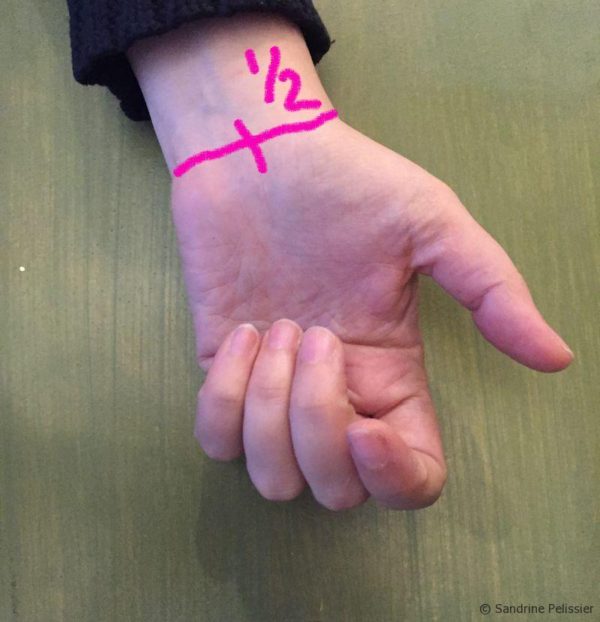
So once good tip to start is to think about the scale of the hands and draw their position on the drawing as very simple shapes that look like gloves.
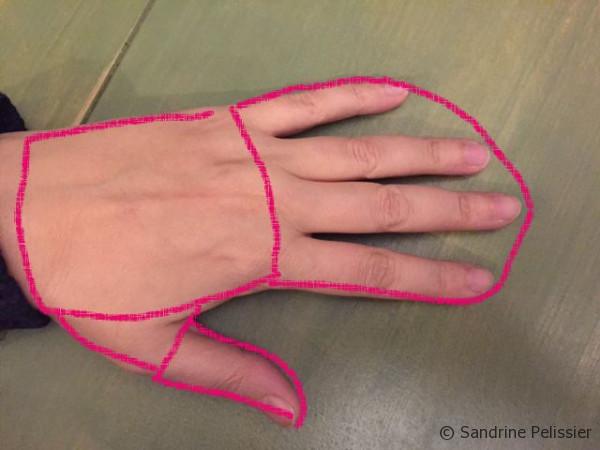
The base of the hand is a squarish shape.

From there you have a triangle shape that starts at the base of that square where the thumb is attached.

If you draw the inside of the hand you can also represent the two main muscle masses.

Each finger has 3 joints.
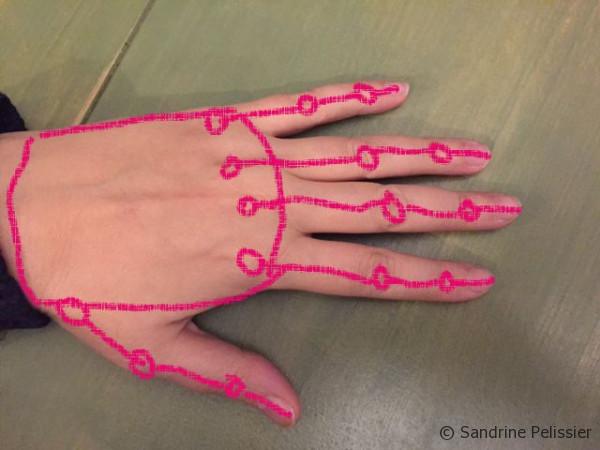
The knuckles are not aligned but on a curve. The 5 bones on the hand are called metacarpal, then on the fingers, the bones are called phalanges.

It might help you to draw 4 circular shapes to represent the knuckles, I find it easier to place the fingers if I do that.
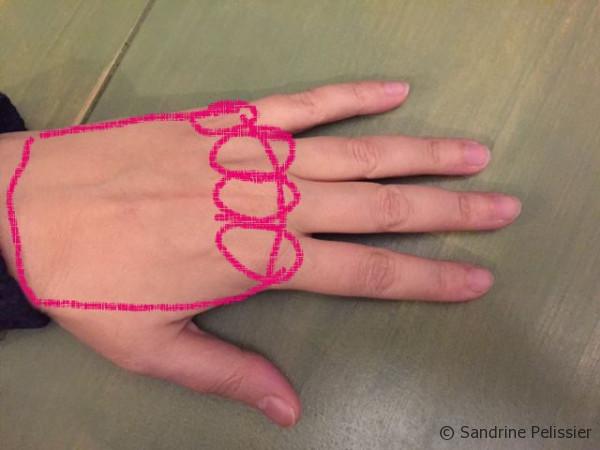
The skin on the top side of your hand and fingers is close to the bone, so the lines are more or less straight.
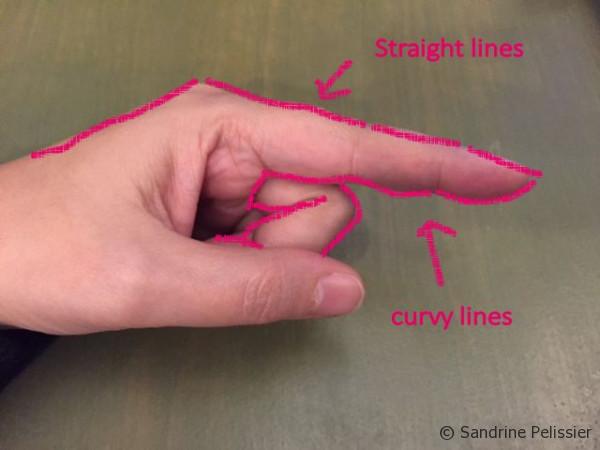
There is more muscle underneath, so the lines are curvy.



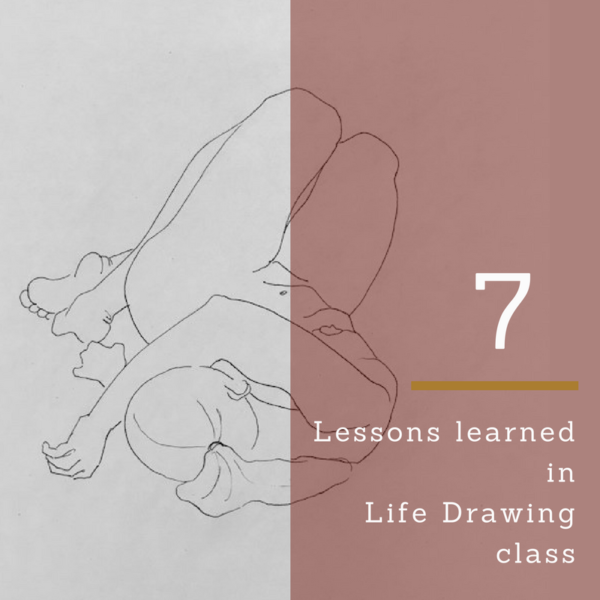
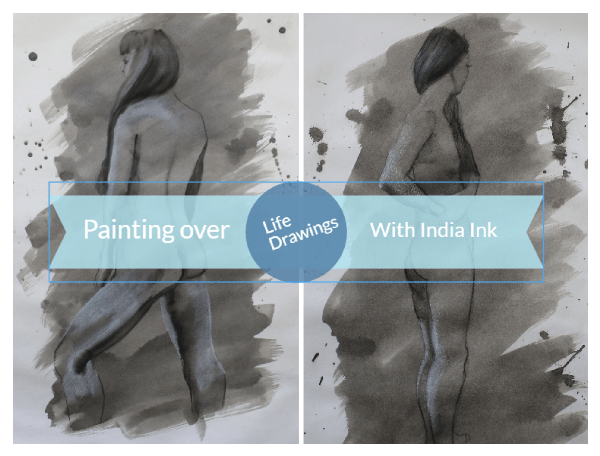

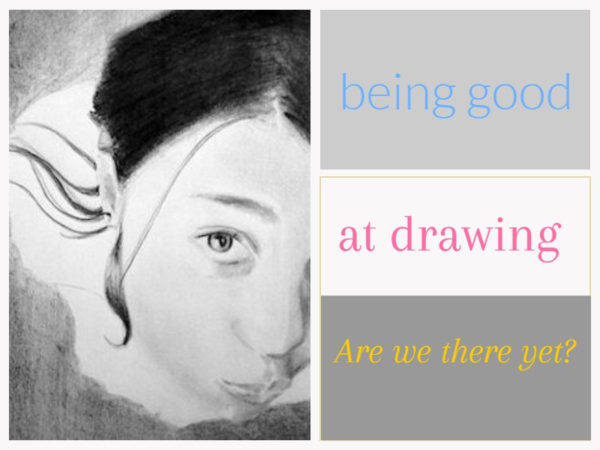



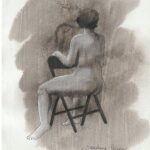





Comments (4)
Eddi Reid
These are very useful tips. The way you have segmented hands, fingers and bone formations makes he drawing an abstract exercise allowing the artist to focus less on the entire hand.
Thank you.
Eddi
Sandrine Pelissier
Thanks Eddi 🙂 I am happy you find this post useful.
Mihaela
Very good advice, thank you! I sometimes have trouble rendering fingers, if doing a drawing from life, when giving them depth. One thing that helps me is thinking of fingers as tubes, angled circular shapes. It’s also interesting to draw hands from different, more unusual angles. This way we have no preconceived ideas about what the hand should look like and we can focus better on what we actually see. Paying attention to the different planes and the relationship between them helps to create a more realistic drawing as well.
Again, great information and thank you for sharing it!
Sandrine Pelissier
Thanks Mihaela, good points:) I agree with you , sometimes unusual angles are easier to draw.